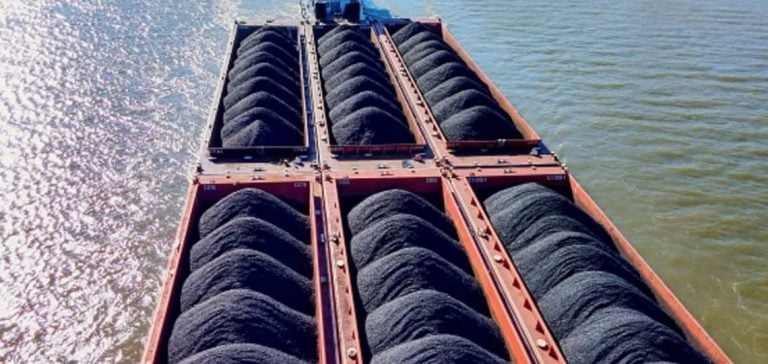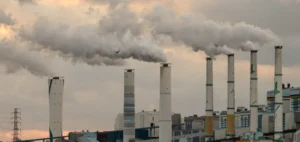In September 2024, China imported 47.59 million tonnes of coal, a record figure according to data released by the General Administration of Customs of China. This increase of 13% compared to the previous year occurs in a context of declining international prices, which has boosted the competitiveness of imported coal against national resources.
Coal Price Trends in the International Market
Newcastle coal prices, a benchmark for Asia, declined throughout September, reaching $136.46 per metric tonne on September 23, a decrease of 7% from the August peak ($147.13). This drop made imports more attractive for China, a country with structurally high coal demand. It is noteworthy that this price fluctuation occurs while other Asian markets are experiencing decreased demand, creating buying opportunities for China.
Analysis of Domestic Demand: Electricity Production and the Chemical Industry
In August 2024, electricity production from thermal power plants resumed a growth trajectory. This rebound is partly explained by persistent heatwaves, which increased electricity demand. China, while seeking to diversify its energy sources, continues to heavily rely on coal to meet peak demand, especially when alternative energy sources, such as hydroelectricity, experience production declines.
Meanwhile, the chemical industry, which represents a significant portion of coal demand, has continued to grow. Coal is used in this industry for various processes, strengthening its position in China’s energy mix. This industrial dynamic also contributes to increased imports, as the Chinese industry often prefers imported coal when domestic prices are deemed too high or when the quality of imported coal better meets specific needs.
Importation Prospects for the Coming Months
Cumulative imports for the first nine months of 2024 amount to 3.89 billion tonnes, up 11.9% compared to the previous year. This trend could continue if market conditions remain favorable. However, several key variables will influence import developments in the last quarter of 2024 and early 2025.
**International Prices:** If coal prices continue to decline, it is likely that China will increase its imports to take advantage of more favorable conditions. The price drop could also be amplified by reduced demand in Europe and other Asian regions, allowing China to secure import contracts at competitive prices.
**Domestic Production:** China’s ability to increase or stabilize its domestic production will play a crucial role in balancing imports and domestic supply. Depending on pollution reduction policies and local regulations, domestic supply could be restricted, increasing reliance on imports.
**Energy Transition:** Although China has set long-term decarbonization goals, in the short term, the imperative of energy security and high electricity demand make it difficult to immediately reduce coal consumption. The country remains heavily dependent on this energy source, particularly due to its relatively low cost and abundant availability.
Challenges for Coal Suppliers
China’s main coal suppliers, including Indonesia, Russia, and Australia, directly benefit from this growing demand. Indonesia, in particular, has increased its exports to China in recent years, taking advantage of geographical proximity and lower logistical costs compared to other suppliers. Russia, despite Western economic sanctions, continues to supply the Chinese coal market, notably due to the flexibility of its transport infrastructure oriented towards Asia.
However, the coal export market remains subject to geopolitical tensions. Relations between China and Australia, for example, are still marked by political disagreements, which could influence import volumes from this country. Although tensions have slightly eased, diversifying supply sources remains a key strategy for Beijing to reduce dependence on a single supplier.
Economic Impacts for China
Massive coal imports have significant repercussions for the Chinese economy. On one hand, they help stabilize energy prices in the domestic market by mitigating the impact of domestic production fluctuations. On the other hand, they create tensions on the trade balance, especially in a context where China must manage growing demand for raw materials while maintaining a budget balance.
Beijing’s policy choices in the energy sector, particularly regarding the distribution between domestic and imported energy sources, will significantly impact economic growth in the short and medium term. Increased dependence on imports could expose China to fluctuations in international prices, while increased domestic coal production could conflict with its environmental goals.
The rise in coal imports in September 2024 highlights China’s continued dependence on the international market to secure its energy supply. Despite efforts to diversify energy sources and reduce carbon footprints, market conditions and immediate energy needs favor an increase in imports. Managing this dynamic will be crucial for the country’s economic and energy balance, while global market players will closely monitor China’s decisions, as it remains a key player in the coal industry. The coming months will be decisive in determining whether this trend continues or if a rebalancing between domestic production and imports occurs.






















